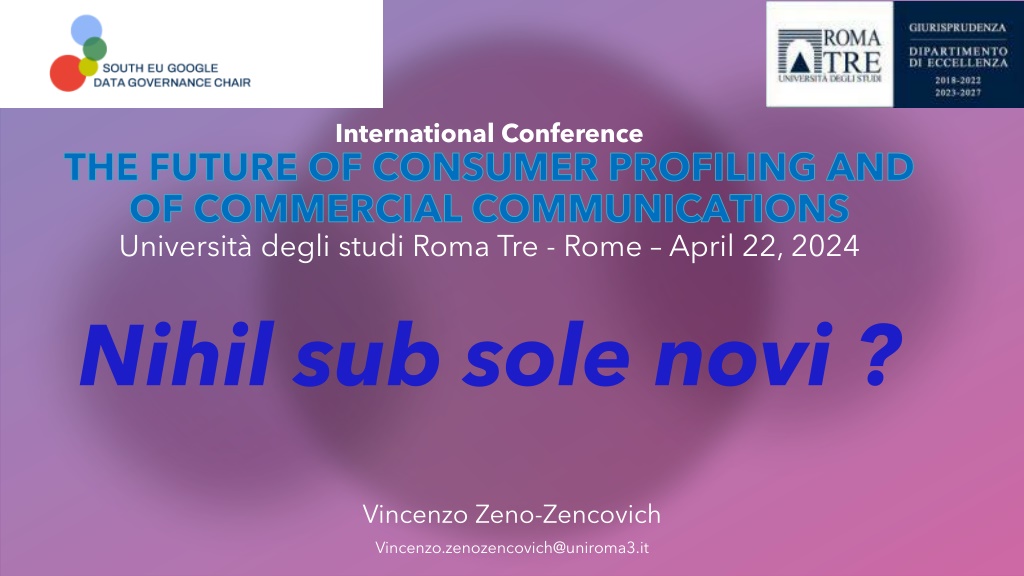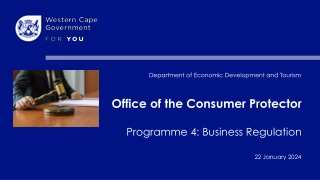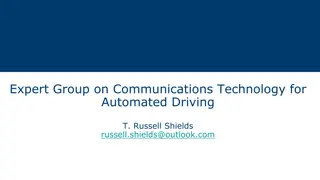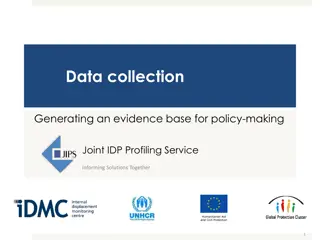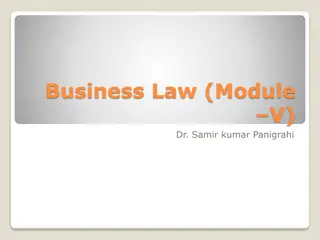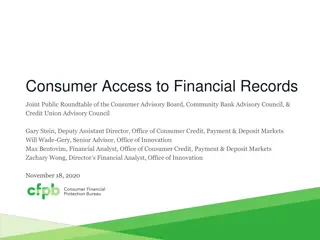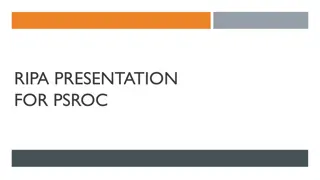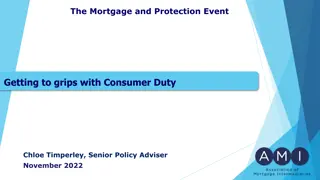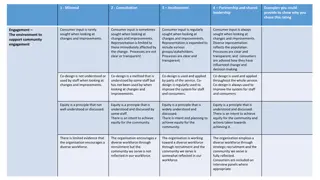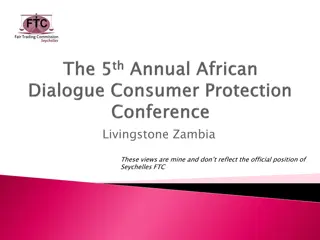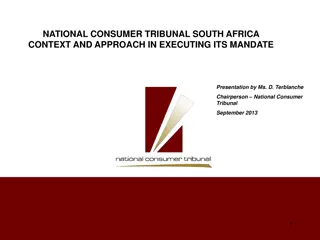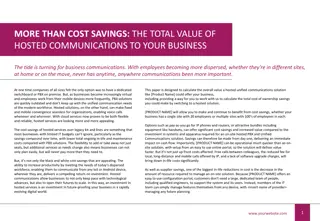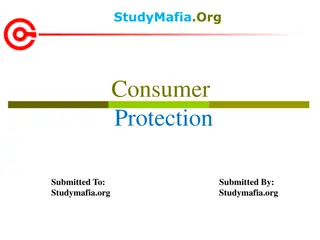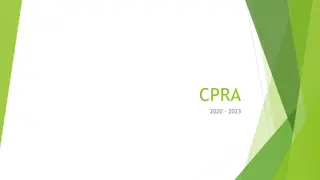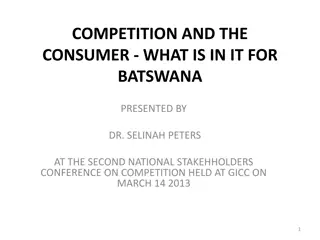The Future of Consumer Profiling and Commercial Communications: Insights from an International Conference
Explore the impact of platform economies, neuromarketing, and AI on commercial communications in the digital age. Learn how VLOPs use data to create user profiles and drive targeted advertising. Delve into the challenges of regulating VLOPs in the evolving landscape of consumer profiling.
Uploaded on Sep 21, 2024 | 0 Views
Download Presentation

Please find below an Image/Link to download the presentation.
The content on the website is provided AS IS for your information and personal use only. It may not be sold, licensed, or shared on other websites without obtaining consent from the author. Download presentation by click this link. If you encounter any issues during the download, it is possible that the publisher has removed the file from their server.
E N D
Presentation Transcript
International Conference THE FUTURE OF CONSUMER PROFILING AND OF COMMERCIAL COMMUNICATIONS Universit degli studi Roma Tre - Rome April 22, 2024 Nihil sub sole novi ? Vincenzo Zeno-Zencovich Vincenzo.zenozencovich@uniroma3.it
Platform economy mostly as two-sided-market Most similar precedent: in free-to-air television the broadcaster produces or buys news/sports/entertainment programmes which are offered freely to the public; this public is sold to advertisers who insert their commercials in the programmes In very large online platforms (Google, Meta, X, TikTok) the platform offers services to the general public and uses their data for commercial communications of third parties Vincenzo Zeno-Zencovich Vincenzo.zenozencovich@uniroma3.it
Platform economy is therefore largely financed by commercial communication revenue Commercial communications tecniques are the driver of VLOP Neuromarketing: application of neuroscience and cognitive science to marketing in order to discover customer, needs, motivations and preferences NM tools: brain imaging (with EEG), implicit response tests, eye-tracking and facial coding NM tools require not only new sw but also new devices Vincenzo Zeno-Zencovich Vincenzo.zenozencovich@uniroma3.it
It therefore involves significantly the hw industry: mobile phones, tablets, laptops, desk pcs which are able to detect and register neural activity The other driver of commercial communication is the use of AI in order to predict and nudge consumer choices on the basis of big data analysis In this case VLOP dispose of the big data and can create clusters of users which correspond to certain profiles: VLOP and advertisers need to work hand-in-hand AI used also to differentiate prices, terms and conditions according to profile of user Vincenzo Zeno-Zencovich Vincenzo.zenozencovich@uniroma3.it
It tooks about 20 years before the EU Commission understood the basics of two-sided-markets The risk is that it will take years before the EU understands that in order to regulate the activities of VLOP it should consider not only the relationship VLOP-User, but also the relationship Advertiser-VLOP What is different from free-to-air television is that while one can watch only one tv programme (therefore there are two limits: one programme at the time, and well beneath the 24h/day threshold), digital services offered by VLOP are not mutually exclusive and are always connected. Vincenzo Zeno-Zencovich Vincenzo.zenozencovich@uniroma3.it
Further difference: in data economy zero pricing means not only that the user does not pay any monetary remuneration for the services, but as he pays with his data he has unlimited purchasing power Competition is therefore on two levels: on the user side, ability to collect and process the best data for commercial communications; on the the advertising side, capturing and enlargening the market share of available (and therefore limited) financial resources for commercial communication Vincenzo Zeno-Zencovich Vincenzo.zenozencovich@uniroma3.it
